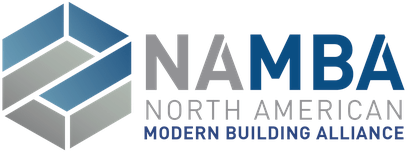Fire Safety
Structure fires have dropped significantly over the past 40 years, and one major contributor to this decline in fires and fire deaths has been the development of comprehensive fire safety measures. These include performance testing requirements of model building codes and the use of construction components such as flame retardants.
U.S. building codes regulate the use of plastics, foam plastic insulation and other combustible materials used in the building envelope through a robust combination of reference standards, material fire tests and complete assembly fire performance requirements.
These provisions for the building envelope combined with other building and fire code requirements, such as compartmentation, active fire suppression sprinklers, egress provisions, and height and area limitations based on building type and occupancy, produce multiple cooperative layers of fire safety. It is these multiple layers of fire safety—not a single requirement—which result in safe construction.
Modern Code Compliant Buildings Save Lives
The International Code Council notes that, “Building envelope requirements within codes and standards maintain internal temperatures, permitting building occupants to shelter in place for periods without power during extreme weather.”
Meeting multi-variable code requirements for fire and structural safety, moisture control, long-term durability, energy efficiency and cost-effective construction/installation usually requires using highly engineered plastic products, such as foam insulation and building wraps.
Insulation provides both environmental and human health and safety benefits. As the Southwest Energy Efficiency Partnership points out, energy codes are life-safety codes. “The energy code affects moisture management (rot, mold and mildew), indoor air quality, fire safety, extreme weather protection and resiliency of homes and buildings. It works in tandem with the other model building codes to ensure safe buildings.”
 Products Must Meet Fire Performance Requirements
Products Must Meet Fire Performance Requirements
The individual components of wall and roof assemblies, such as insulation, have fire performance requirements in addition to other performance requirements for the assemblies.
Manufacturers must consider issues such as the product’s attributes, properties, use and potential ignition and fire threats.
Building codes set minimum performance requirements for construction and materials by incorporating references to product and testing standards.
Learn more about how manufacturers meet the needs of the building code here.

